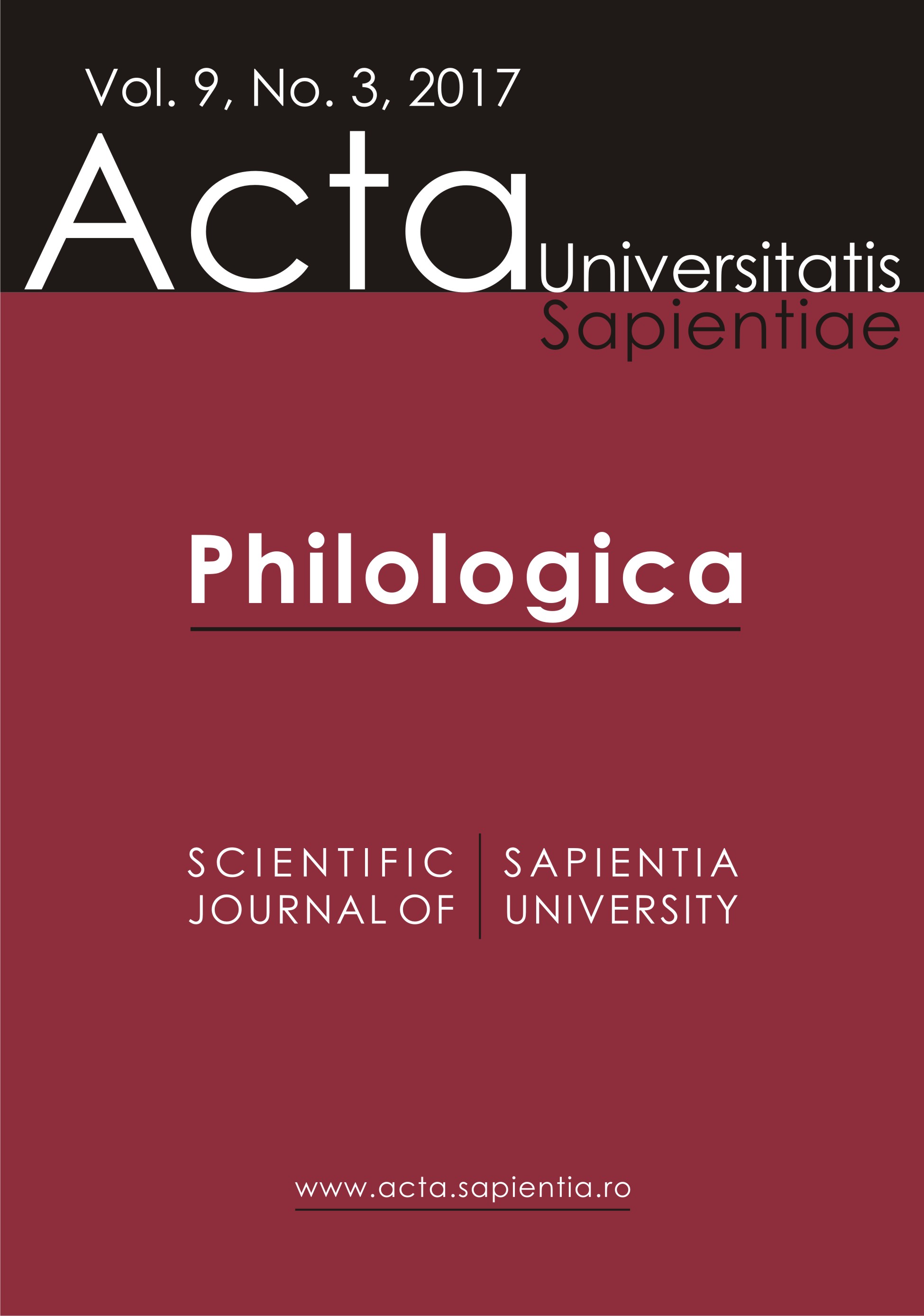Translation Studies and Corpus Linguistics: Introducing the Pannonia Corpus
Translation Studies and Corpus Linguistics: Introducing the Pannonia Corpus
Author(s): Andrea Götz, Edina Robin, Éva Pataky, Henriette SzeghSubject(s): Language and Literature Studies, Translation Studies
Published by: Scientia Kiadó
Keywords: corpus linguistics; translation corpus; parallel; comparable; corpus research
Summary/Abstract: The tools of corpus linguistics have become indispensable for research in descriptive translation studies (DTS), which aims to describe the characteristics of the translation process, and translational texts. Machine-readable corpora of translated texts are crucially important since they can yield statistically significant results that underpin the findings of empirical studies. Baker’s (1993) seminal paper gave new impetus to translation research as it has re-calibrated the goals of DTS to study and uncover the particular properties of the so-called “third code” (Frawley 1984), i.e. the language of translated texts, with the help of computerized corpora. The present study, after providing a brief overview of international and Hungarian corpus linguistic research, introduces the Pannonia Corpus Project developed by Eötvös Loránd University’s Translation Studies Doctoral Programme, which was created to make a Hungarian translation corpus, containing millions of words, available for translation researchers. The Pannonia Corpus (PC) is a multi-modal corpus: it contains translated, interpreted, and audiovisual texts. It represents a diverse array of texts of specialized and literary genres, reflecting modern language use and the current state of the translation industry. The PC provides researchers with a vital opportunity as its multi-modality, diverse textual make-up, and substantial size is unparalleled in the Hungarian context. Until now, there were no large corpora available to researchers that could have facilitated qualitative as well as quantitative research, satisfying the demands of modern translation studies research in Hungary.
Journal: Acta Universitatis Sapientiae, Philologica
- Issue Year: 9/2017
- Issue No: 3
- Page Range: 99-116
- Page Count: 18
- Language: English

